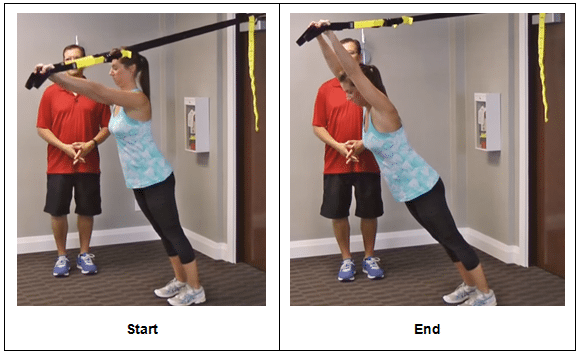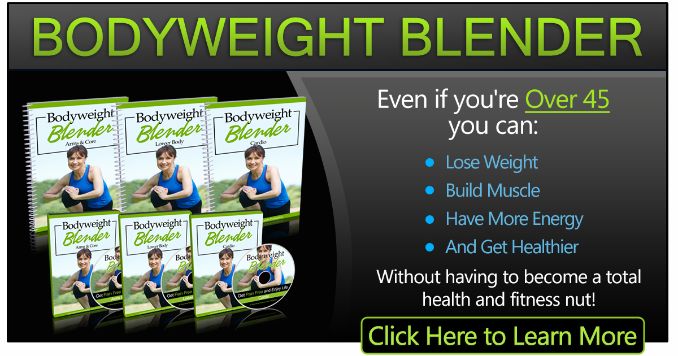
Here’s a fun core exercise to try. It is a great way to improve your strength and stability. They can also help protect your back from injury.
Most people probably think they know everything about their core since most folks picture an area of separation below your stomach called “6-pack.” However, this isn’t true at all! The “core” is more than just the abdominals, and there are many common misconceptions of what it consists of.
The body’s core comprises a network or series of muscles that provide stability for your entire digestive system.
It’s surrounded by an outer layer called skin, and beneath this lies two thin sheets that protect it from outside forces such as pathogens, allergens, etc., keeping them at bay so you can stay healthy.
The innermost lining (also known as muscle) contracts when we’re hungry and then expands again after eating food. If leLeftecked could lead to problems with digestion like constipation due to lack of movement needed while passing stools out through the backdoor.
Why is the Core so Important?
Core muscles help to protect your back and provide balance.
They also help you move from one side of the body, like walking upstairs or pushing yourself off with one leg while standing on an exercise ball!
The core isn’t just important for stability; it’s vital because this group includes many powerful structures such as intestines and stomach acids that digest food into energy for cells – all protected by strong abdominal walls made possible through conditioning exercises designed specifically targeting these areas.
How do we Build Core Stability?
Most traditional exercises aim to move the entire body through large ranges of motion. But, many health professionals have shifted their attention away from these long-term problematic movements and toward more practical ways that promote stability in certain areas while still allowing for short-term improvement elsewhere – such as with hip flexor contractions during squats or overhead reaching moves like overhead presses.
Here are some basic exercises that train this key area and a few tips to keep in mind:
- Forward Plank
- Side Plank
- Hip Thrusts
- Weighted Carries
Changing your workout routine to keep it fun and exciting will make you want to continue working.
You can also challenge yourself by doing new exercises that are more challenging for the muscles in different muscle groups, which means greater calorie burning!
Working with an exercise also becomes easier since each time you repeat an action or motion pattern, there is less strain on certain body parts – this increases efficiency. Hence, we burn even fewer calories during those same movements after consecutive performances at them than before rehearsing them once beforehand when they were still fresh.
How Important is the Core?
Our core is like the foundation of our body, affecting everything from how strong we are to when an injury can happen.
Most sports and other physical activities depend on stable core muscles. Core exercises train the muscles in your pelvis, lower back, hips, and abdomen to work harmoniously. This leads to better balance and stability, whether on the playing field or daily activities.
For example, weak abdominal muscles could lead you into other areas in which a problem exists, such as back pain or hip instability. Still, if these issues stem from poor strength, there’s not much a person can do about them without professional help.
The plank is a great exercise to target your core and work all your body’s muscles. In this variation, you’ll have to tone yourself by keeping every part aligned and on an elbow so that shoulders can rest against each other without slouching or hunching over!
Practice makes perfect- try adding it to whatever routine currently exists for the best results.
Fun Core Exercise
In this video, I wanted to go through a bit of a tweak or an alternative exercise if you are bored with doing the regular floor plank exercise. You can do this suspension training exercise replicating the plank, but it’s much more fun and challenging.
CLICK HERE to watch the YouTube video.
Suspension Arm Out
I will get Andrea to demonstrate it.

Suspension Arm Out
- It would help if you had a suspension trainer secured in a good spot. Most suspension trainers will have an option to secure it in the door frame or clips to secure it onto sturdy hooks.
- Face away from the attachment point, place the straps over your shoulder and grab the handles.
- Assume a good plank position with your head, shoulders, hips, and knees in line. Bring your arms overhead.
- This exercise is challenging your abdominal area. Extend to a point where ideally, your arms are straight in line with your ears. Make sure not to hyper-extend your elbows.
If you cannot keep good form when you bring your arms up, do not bring your arms as far up. You don’t have to bring them up at all. You want to avoid rounding your lower back. It will take a lot of core strength to keep your spine in a neutral position, so you can slowly work up to fully extend your arms overhead.
Start with holding this position for 10 seconds. Repeat 2 or 3 times. As you progress, work up to a 30-second hold. Always make sure your form is correct.
Give that exercise a go. If you are looking for an alternative to the regular floor plank exercise, perform the Suspension Arm Out.
Your body’s core is the foundation for everything, so it’s important to maintain a strong and stable core. Try this fun exercise with us if you want to improve your stability or practice balance!
Check out the Bodyweight Blender program here for your equipment-free workout to lose weight and tone your body!

